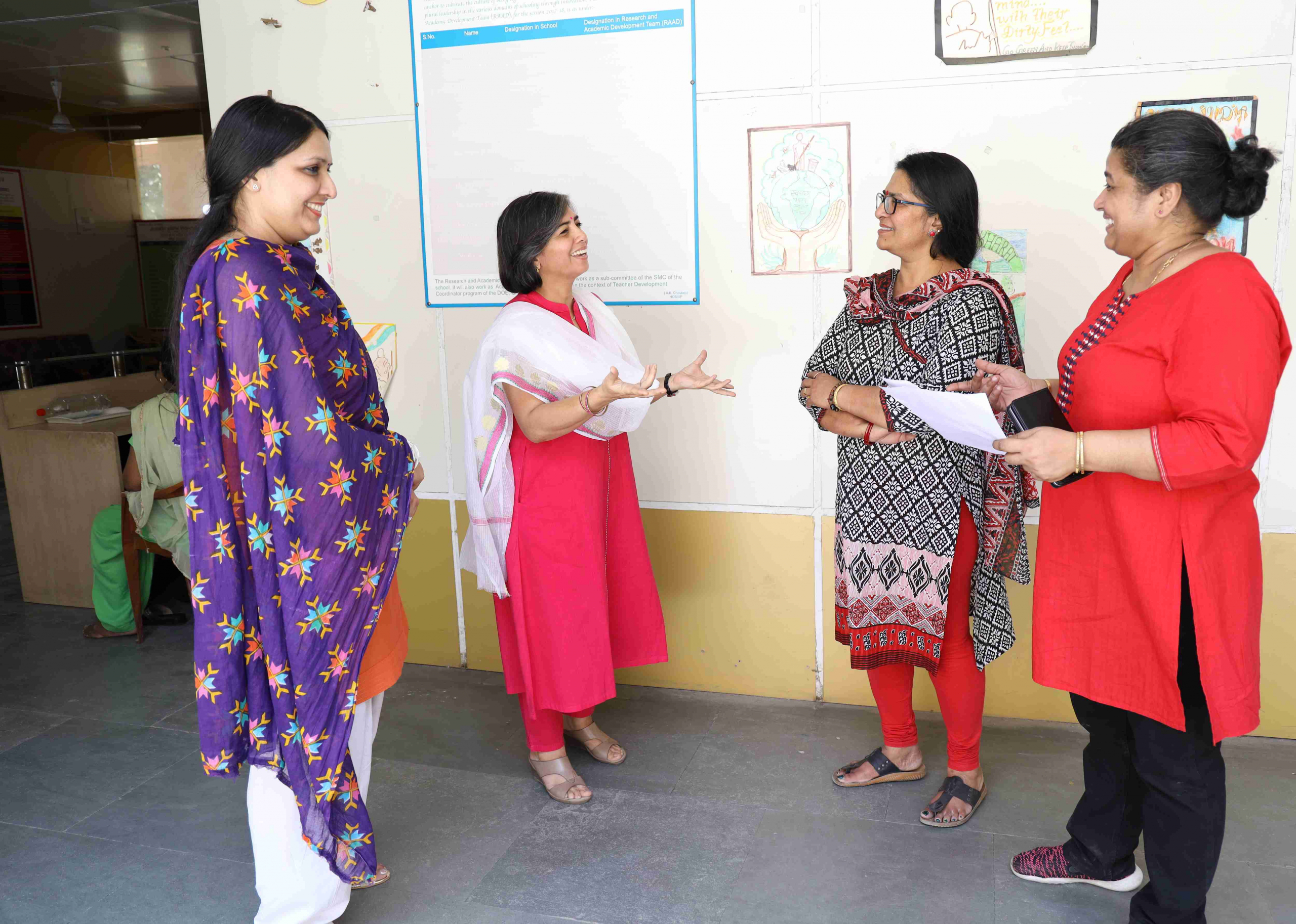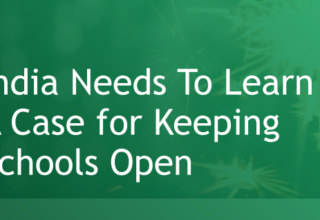
Evolution does not occur linearly – it occurs in spurts, some dramatically and some quietly.


Schools have to open sooner than later and getting back to earlier normal will pass through a transition period as students may have acquired different routines during long period of ‘study from home’. Shefali Tewary, Head of School at Elpro International School, a Cambridge International School in Pune offers some useful advice on how to find a way to make it work
The “emergency remote teaching” model as a result of the ongoing pandemic has changed our outlook towards technology and transformed us into a more receptive audience. The dramatic change for teachers and students wasn’t easy, but both have risen commendably to the occasion across the world.
The objective of teaching is three-fold – to create a suitable environment for lessons to be learnt, to choose the lessons we want learnt, and then to deliver those lessons to students. The current crisis has necessitated that we redefine all the three areas.
We have already managedfairly effectively to move classrooms from physical to virtual, and seen success in engaging learners, training facilitators and defining new processes. We evolved. Going forward requires that we also prepare ourselves to return to the physical classroom environment, but with careful consideration and adaptations. There is no way back to the old norms. The evolution must continue. There are many aspects, forces, influences and choices to consider as we grapple with the uncertainty that lies ahead:
· Go slow
Children willhave formed new routines and habits, such as parental presence, home food, unregulated dressing and personal habits and could find it difficult to unlearn quickly and bring their emotional and intellectual presence to the classroom as rapidly as they can their physical presence. It will be important to go slow, give time to each learner to express their feelings either in full class or through individual conversations. Initiate simple rituals such as mid-day assemblies andstorytelling to ease learners into participation.
· Observe, Calibrate, Communicate
Establish learners’ present academic levels through non-formal assessments in the initial days. Encourage all facilitators to observe and maintain notes on each learner, such as the learner’s observed predicament, enthusiasm, involvement, communication, and attentiveness. If equipped, record class activities. Emphasize open communication.
· Practice Differentiation
Every facilitator, child and parent willhave learnt lessons from the current crisis, based on their own unique family, domestic and geographic situation. As facilitators, practice differentiation to make everyone feel included yet not templatized.
· More counseling
Given the unprecedented nature of the past few months, it’s possible some learners have experienced more severe outcomes within their families and social circles. Be ready to provide more counseling expertise till the situation normalizes.
· Equip the facilitators
Accordingly, schools should ensure facilitators receive trainings to be able to empathize and demonstrate strong EQ (Emotional Quotient) with learners showing any signs of distress.
· Involve Parents
· Due to the unknown nature of the threat and the uncertainties of the crisis, it is crucial that schools consult, partner and engage with parents at every step. This will assuage any risk of misinformation and provide learners with a more secure and coherent experience.
· Encourage physical activity
With restrictions on movement, most children willbe deprived of the usual levels of physical activities. Lay higher emphasis on those activities in the early phases of the of getting back to school
· Be Creative and Cautious
Younger children will easily invent games amid the new class norms; allow and encourage this creativity. Teenagers, on the other hand, will create ways to by-pass the restrictions, so will require coaching and monitoring as well.
· Have Backups and Buffers
Like learners, it is equally possible that facilitators will want to exercise caution or face other logistic or health restrictions that prevent them from being available during planned hours. Schools need to be ready with additional staff and support systems, design weekly routines with sufficient flexibility to absorb these uncertainties.
· Digital Readiness
The past few months have helped us embrace technology at a rapid pace, relying on personal devices and domestic infrastructure. With the return to school, we will need to ensure the school’s digital infrastructure is robust with ready technical assistance and sufficient security and administrative controls. Most schools will need to allow students to bring in their personal devices (BYOD – bring your own device) and that opens a high security risk for which detailed policies will need to be drafted and enforced.
· Be the example
As facilitators, practise the rules of hygiene, distancing and other protocols effectively and consistently. It goes without saying that in the current crisis, all of us are learners.
Aut Viam Inventam Aut Factum – I’ll either find a way or make one– the ambiguous nature of the crisis has questioned our readiness for the future. The rapid change brought about by the pandemic has accelerated the education ecosystem, and taught us that it’s important to build resilience to face such threats and come out victorious.










